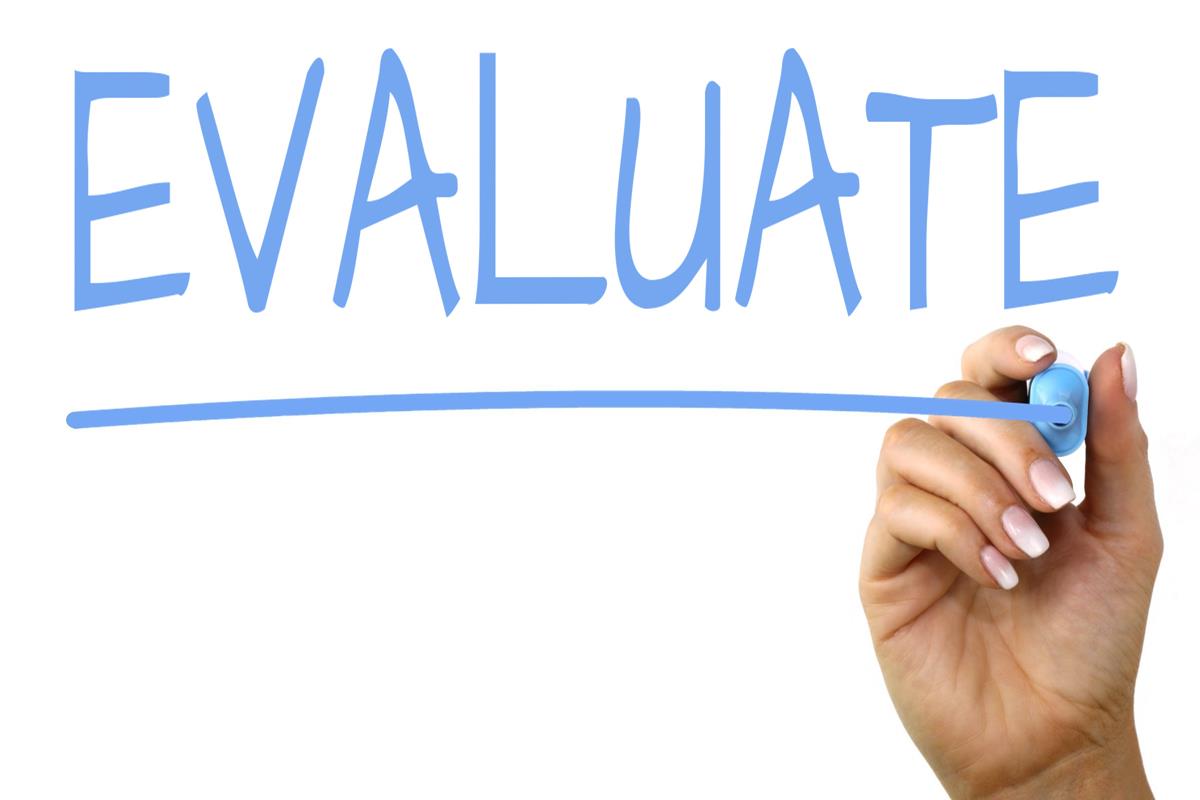A list of sources/citations (AKA a bibliography) about your research topic that includes notes (AKA annotations) about each source.
The notes (or annotations) may include a summary, an assessment of the source, and/or a reflection on how the source has been or will be useful to your research project.
Your annotated bibliography demonstrates to your professor that you've found, evaluated, and begun to analyze appropriate sources for your research project.
It can also help you organize your thoughts for your research paper, and the citations will be useful later for building the Works Cited or References page for your final paper.
Your annotated bibliography should look like a Works Cited or References page, but with a paragraph about each source underneath each citation (the annotation).
Follow all the formatting guidelines of your citation style. For MLA, for example, you will double space your entire document, use size 12 Times New Roman font with 1 inch margins, and list all citations alphabetically by the first word of the citation.
Review the handouts and examples linked below!


The summary will be a concise overview of the source, its main ideas, the authors' hypothesis, and their conclusions. This will be similar to the information you might find in the abstract of a scholarly journal article.
An assessment might include information about the author, publisher, or publication credentials, the currency of the source, its intended audience, any bias you perceived, any questions or criticisms you have about the authors' methodology, and any other ideas you have about why the source is or is not credible.
Your reflection should be about how the source fits into your own research process. This might include, for example, useful information you gained from the source, questions it brought up that impacted your further research, or how you expect to use it in your paper.
Example APA citation:
Waite, L. J,. Goldschneider, F, K., & Witsberger, C. (1986). Nonfamily living and the erosion of traditionally family orientations among young adults. American Sociological Review, 55(4), 541-554.
Example MLA citation:
Waite, Linda J., Frances Kobrin Goldscheider, and Christina Witsberger. “Nonfamily Living and the Erosion of Traditional Family Orientations Among Young Adults.” American Sociological Review, vol 51, no. 4, 1986, pp. 541-4.
Example Annotation:
The authors, researchers at the Rand Corporation and Brown University, use data from the National Longitudinal Surveys of Young Women and Young Men to test their hypothesis that nonfamily living by young adults alters their attitudes, values, plans, and expectations, moving them away from their belief in traditional sex roles. They find their hypothesis strongly supported in young females, while the effects were fewer in studies of young males. Increasing the time away from parents before marrying increased individualism, self-sufficiency, and changes in attitudes about families. In contrast, an earlier study by William cited below shows no significant gender differences in sex role attitude as a result of non-family living. I can use this in my research paper to support my argument that waiting to get married can be beneficial to women.
Adapted with permission from Olin Library Reference, Research & Learning Services, Cornell University Library, Ithaca, NY, USA.